Whispers of the Wilderness
Secrets of the Animal Kingdom.
Hidden in dense jungles, sprawling savannas, and pristine rivers, animals live extraordinary lives. Uncover their stories and learn how they adapt to thrive in a world full of challenges.
White tigers are a rare genetic variation of Bengal tigers, their snowy coats and piercing blue eyes making them a striking sight in both the wild and captivity. While they no longer roam freely in the wild, historical records tell of their enigmatic presence in Indian forests.
One of the most famous white tigers, Mohan, was discovered in the wild in the 1950s. Found as a cub in the jungles of Madhya Pradesh, he became the progenitor of most white tigers in captivity today. Stories of Mohan’s hunting prowess and resilience amazed villagers. Even as a cub, his stealth allowed him to evade predators, and his unique appearance made him a symbol of wonder and mysticism.
Hidden in dense jungles, sprawling savannas, and pristine rivers, animals live extraordinary lives. Uncover their stories and learn how they adapt to thrive in a world full of challenges.
Step into a world where survival is an art, and every creature plays a role in the delicate balance of ecosystems. Discover the beauty, strength, and resilience of wildlife as they navigate their untamed habitats.

In the open savannas and wetlands of Africa, the serval, a medium-sized wild cat, is known for its extraordinary hunting techniques. With its sleek, spotted coat and large ears, it blends seamlessly into the tall grasses. What makes the serval truly remarkable, however, is its ability to leap up to 3 meters into the air to catch prey mid-flight. This cat is a specialist, relying on its acute hearing to detect even the slightest rustle of a rodent underground.
Read More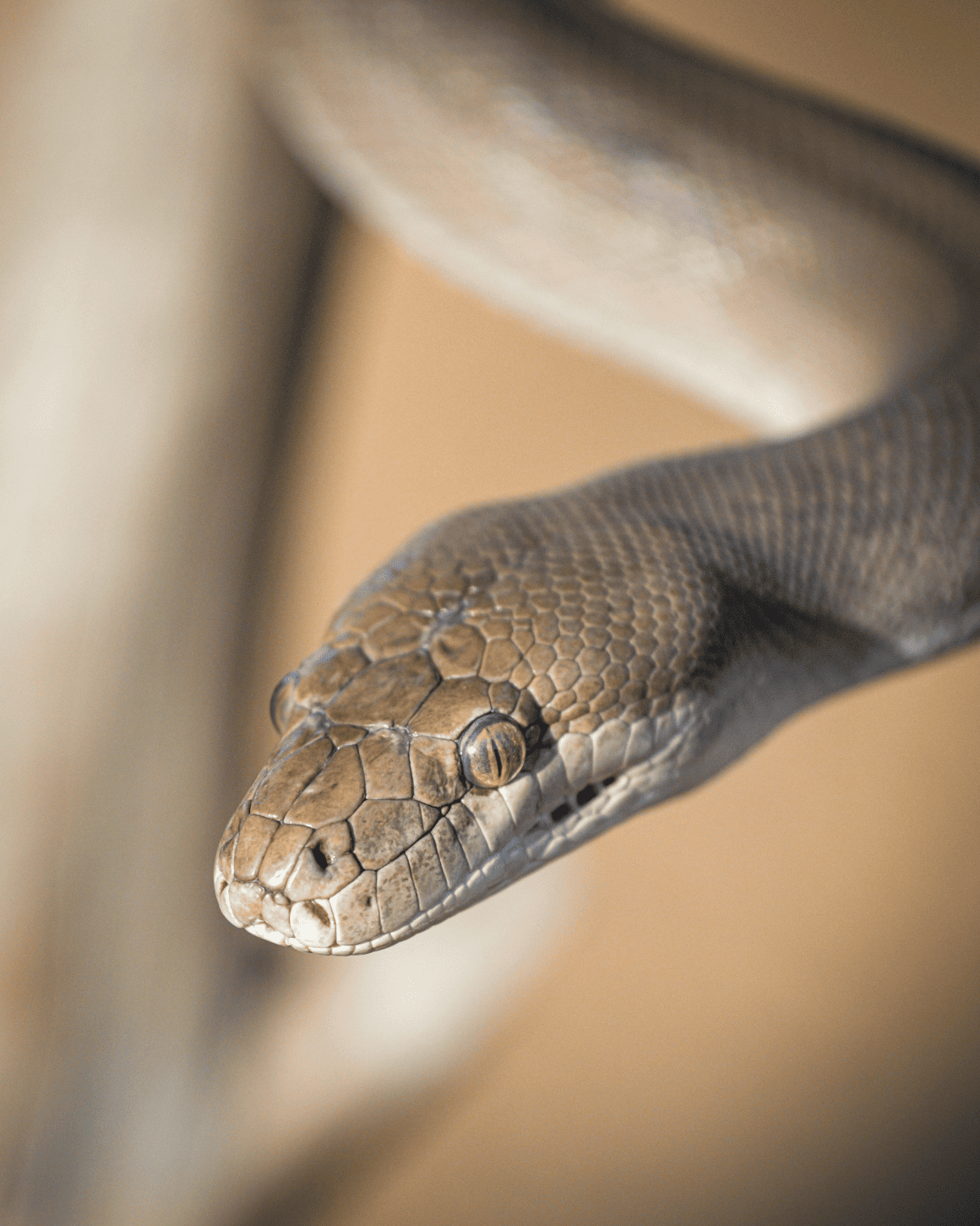
Deep in the rivers and wetlands of northern Australia, the olive python silently rules as an apex predator. Growing up to 4 meters in length, it is one of the largest snakes on the continent. Unlike venomous snakes, the olive python relies on its immense strength, coiling around its prey to suffocate it. What sets this snake apart, however, is its adaptability to a wide range of prey, including large animals like wallabies and even crocodiles.
Read More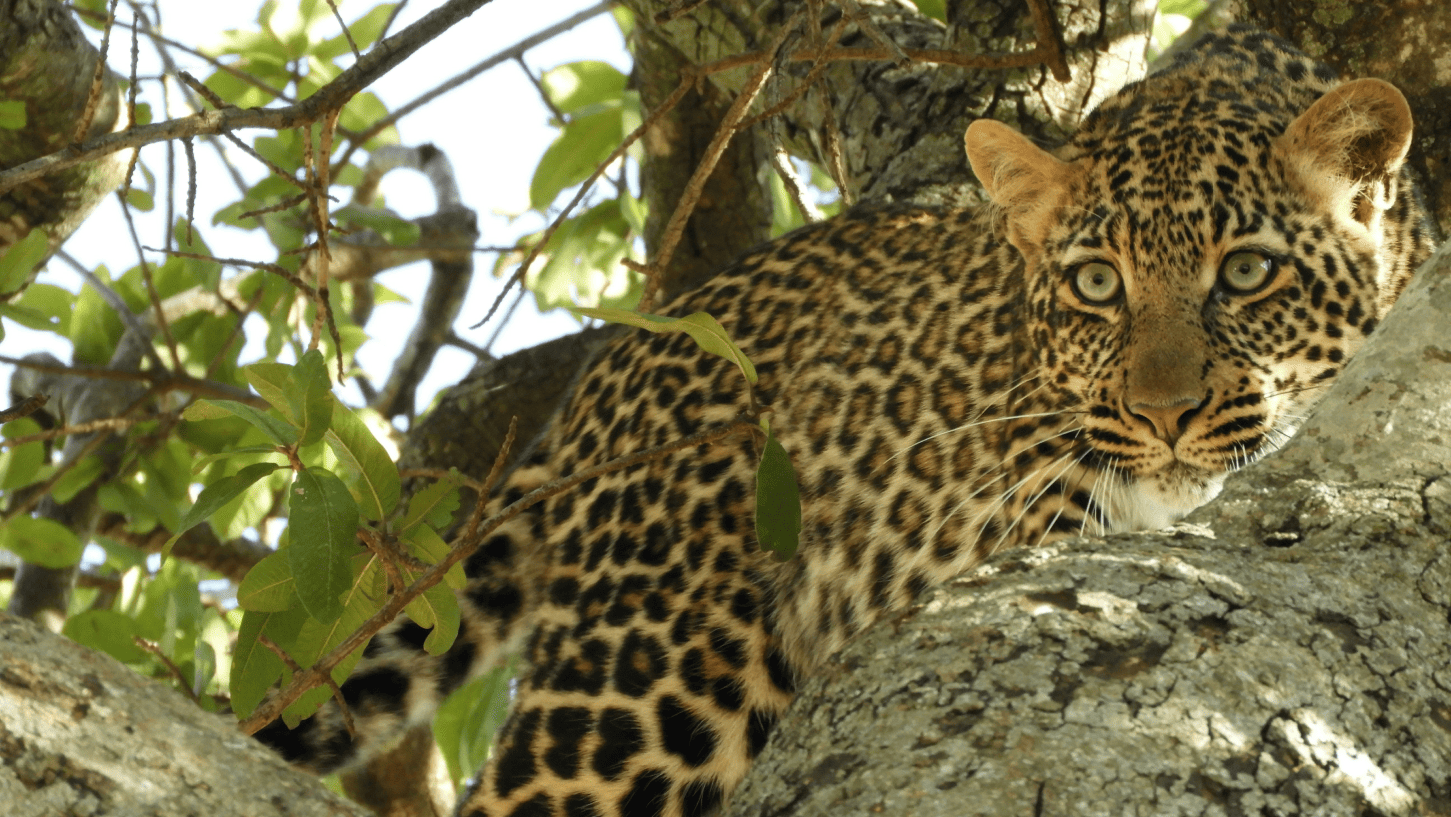
Leopards, often called the “ghosts of the jungle,” are renowned for their stealth and adaptability. Found across Africa and parts of Asia, these solitary big cats are masters of survival. Their spotted coats allow them to blend effortlessly into dense forests, rocky outcrops, and savannas, making them nearly invisible to both prey and potential threats.
Read More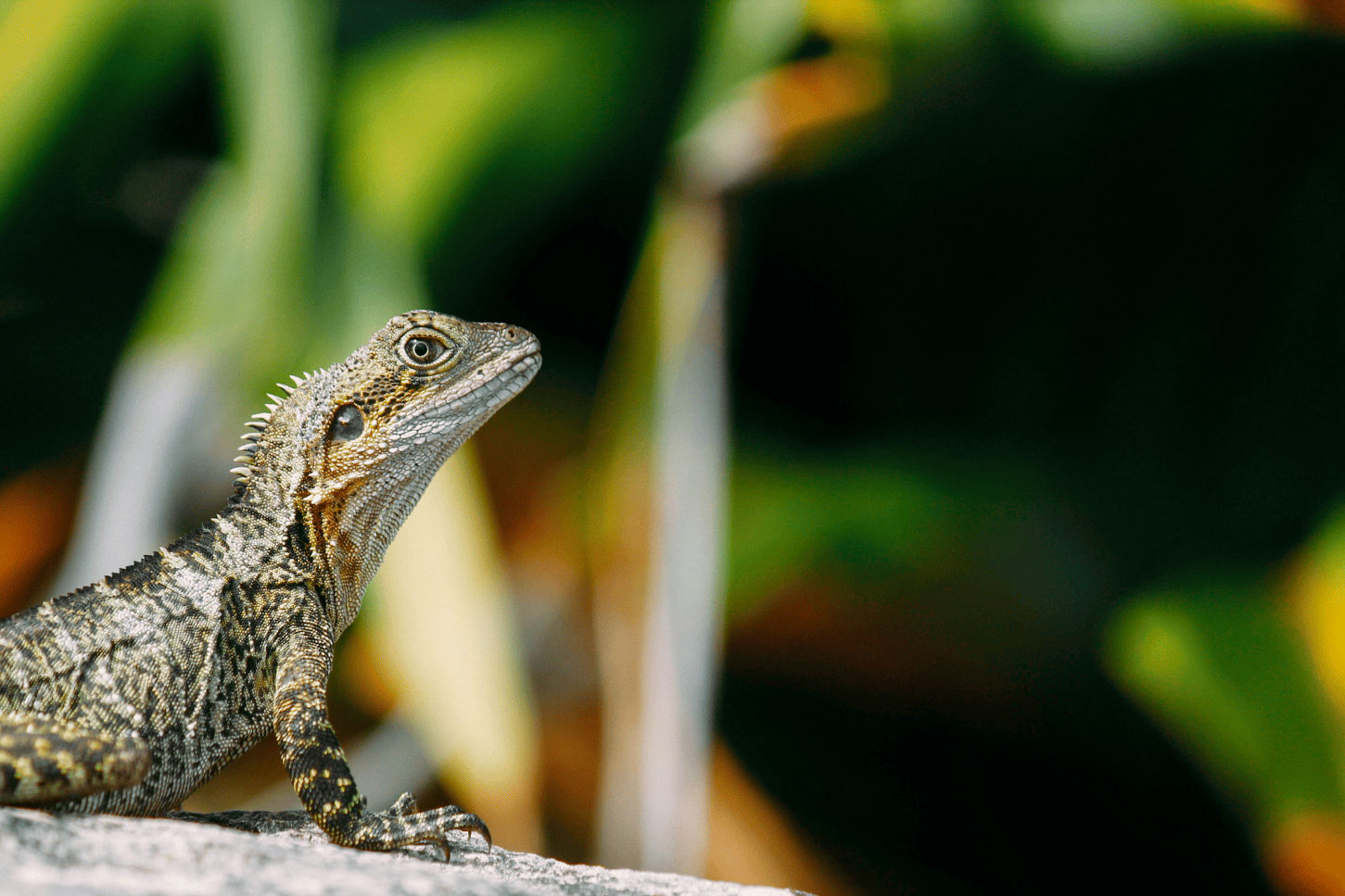
The Australian water dragon, with its striking green and brown scales and long, powerful tail, is a reptile that thrives both on land and in water. Found along the eastern coast of Australia, it is often seen basking on riverbanks or darting into streams to escape predators. These dragons are exceptional swimmers, capable of holding their breath underwater for up to 90 minutes.
Read More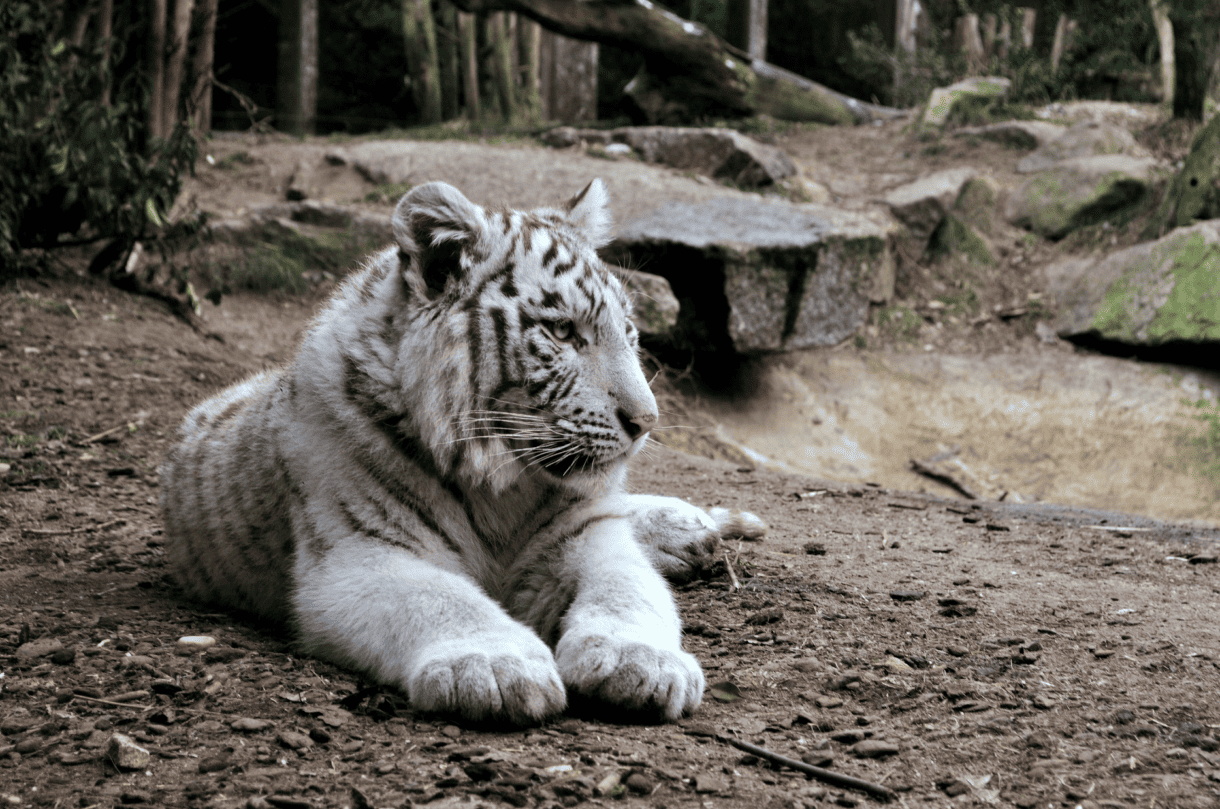
White tigers, with their striking white coats and piercing blue eyes, are among the rarest animals in the world. These majestic creatures are not a separate species but rather a genetic variation of Bengal tigers. Found mostly in captivity today, they were once sighted in the wild forests of India. Their rarity made them symbols of power and mysticism in ancient Indian folklore.
Read More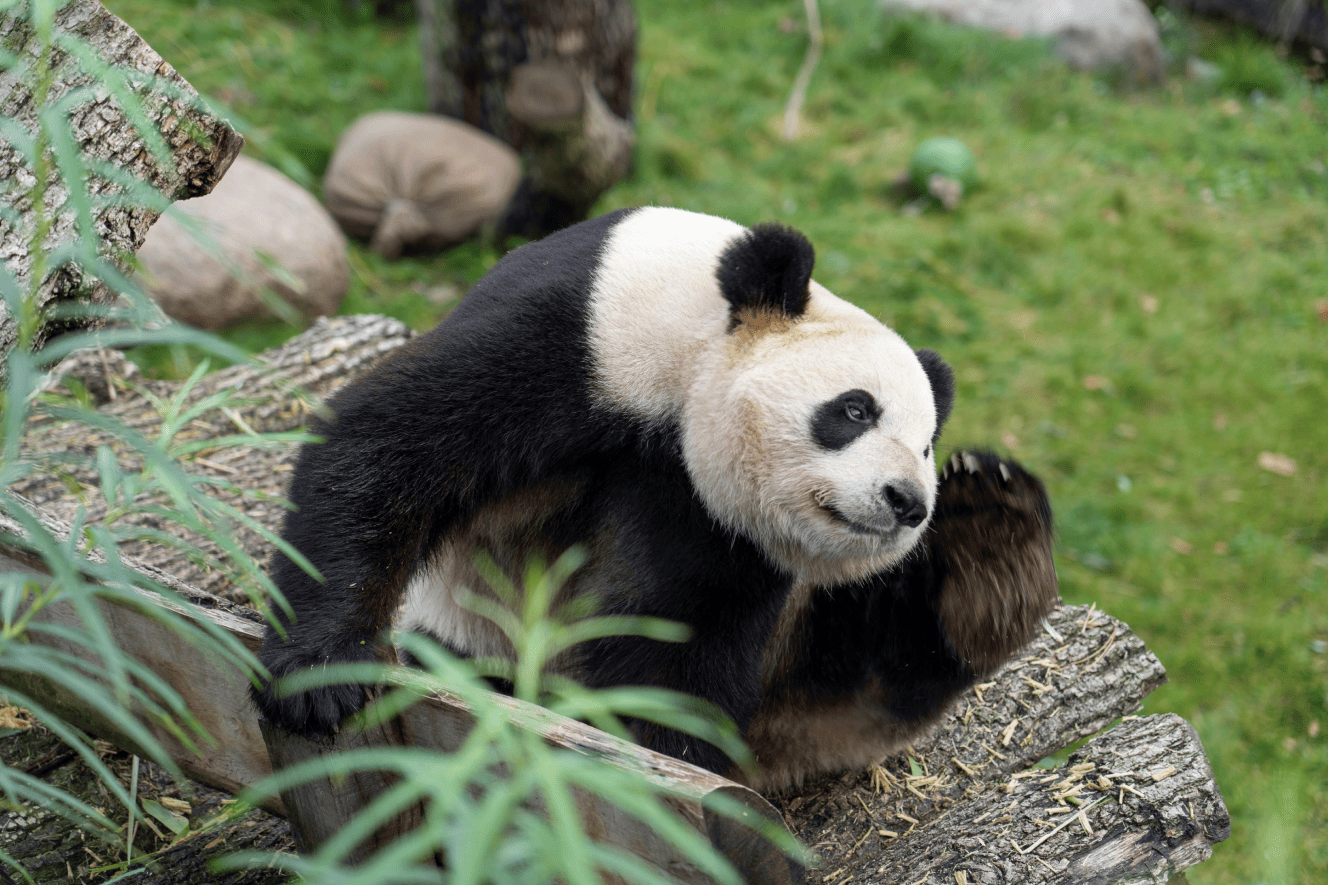
Deep in the misty bamboo forests of China, the giant panda is a symbol of peace and resilience. Despite its reputation as a shy and solitary animal, pandas are surprisingly playful and curious. Their diet consists almost entirely of bamboo, but they have been known to eat small animals and fish when necessary.
Read More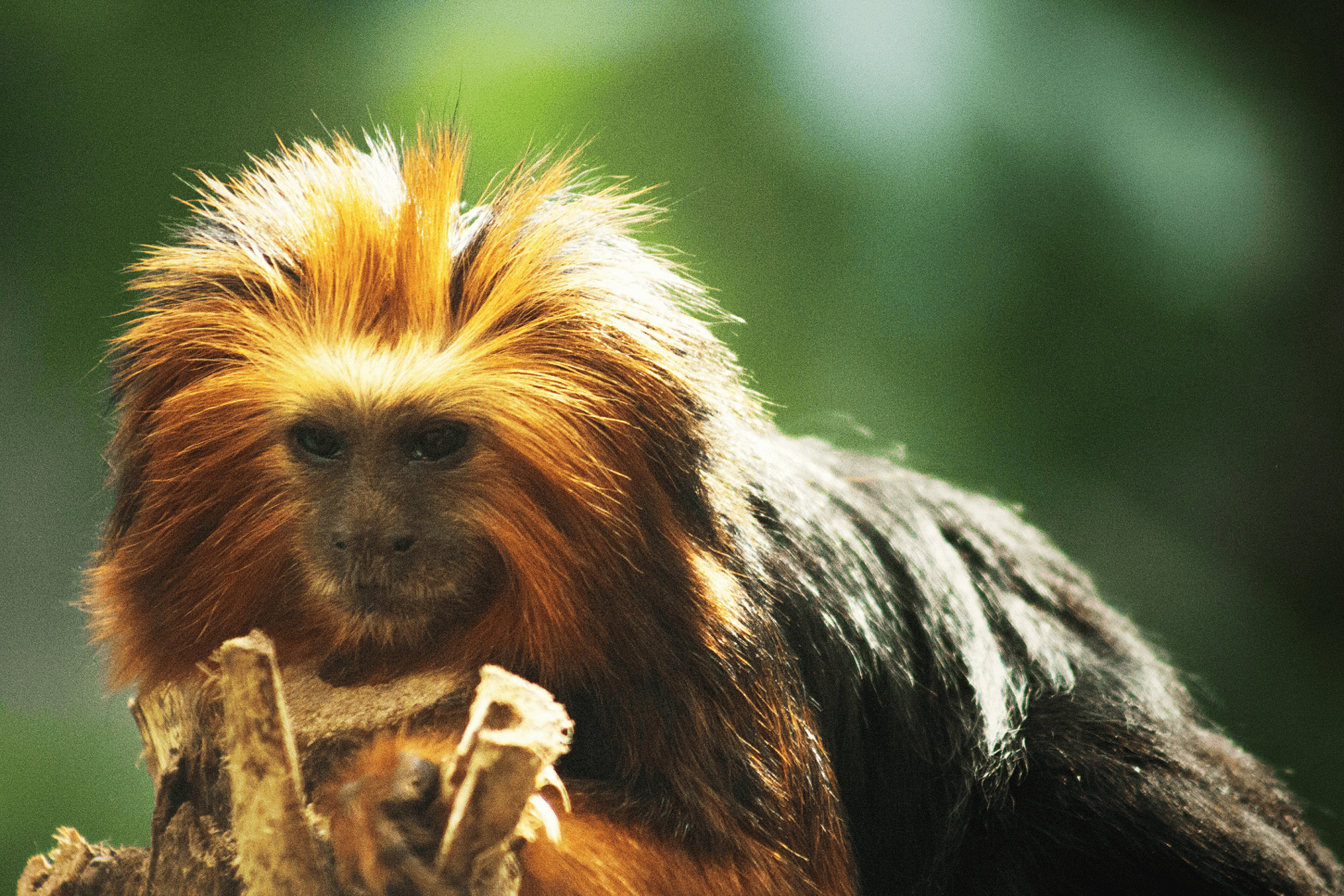
The emperor tamarin, with its distinctive long white mustache, looks like a miniature monarch ruling the treetops of South America’s rainforests. Despite their small size, these primates are highly social and live in groups of up to 15 members. They rely on teamwork to forage for fruits, insects, and small animals.
Read More
The pink flamingo is one of nature’s most iconic and elegant birds. Known for their vibrant pink feathers and graceful stance, flamingos owe their color to their diet of algae and crustaceans rich in carotenoids. They are also remarkable for their social behavior, often forming flocks of thousands.
Read MoreWildlife conservation is crucial for maintaining the balance of ecosystems. Animals play specific roles in their environments, such as controlling populations of other species, pollinating plants, and spreading seeds. Protecting wildlife ensures biodiversity, which is essential for the health of the planet and human survival.
Some of the most endangered animals include the Amur leopard, the Javan rhino, the vaquita (a small porpoise), and the pangolin. These species face threats such as habitat destruction, poaching, and climate change. Conservation efforts are underway to save them, but their numbers remain critically low.
Animals have evolved various adaptations to survive in their habitats. For example, Arctic foxes grow thick fur to withstand freezing temperatures, while desert lizards can store water in their bodies and blend into sandy environments. These adaptations allow them to find food, avoid predators, and reproduce successfully.
Predators are vital for maintaining the balance of ecosystems. They regulate prey populations, preventing overgrazing and ensuring plant regeneration. For example, wolves in Yellowstone National Park have helped restore vegetation and stabilize ecosystems by controlling deer and elk populations.
Climate change impacts wildlife by altering habitats, food sources, and migration patterns. For example, polar bears struggle as sea ice melts, reducing their hunting grounds. Similarly, coral reefs, home to countless marine species, are dying due to rising ocean temperatures and acidification.
Individuals can help protect wildlife by supporting conservation organizations, reducing plastic use, planting native vegetation, and spreading awareness about endangered species. Responsible eco-tourism and adopting sustainable practices also contribute to preserving wildlife and their habitats.